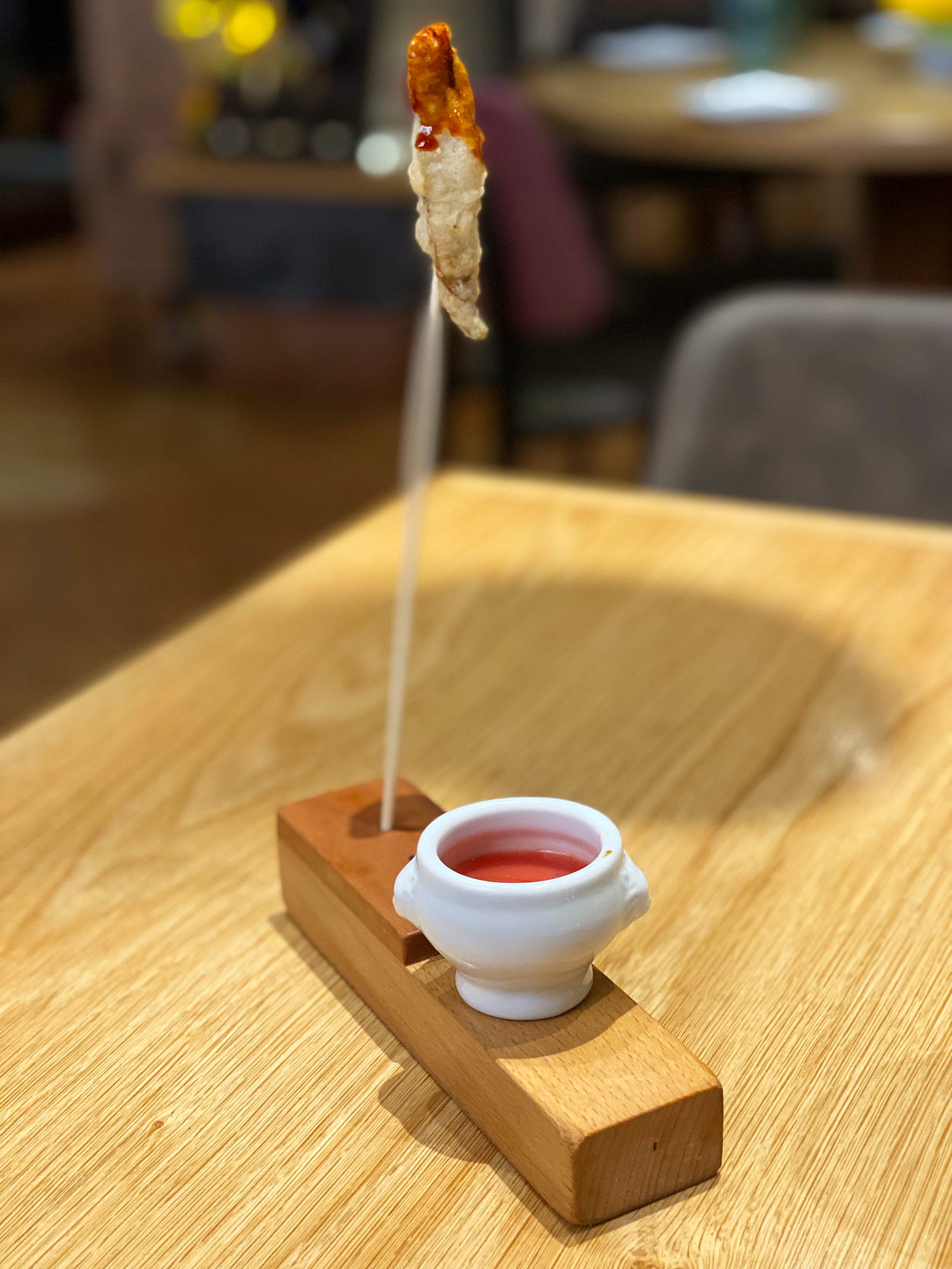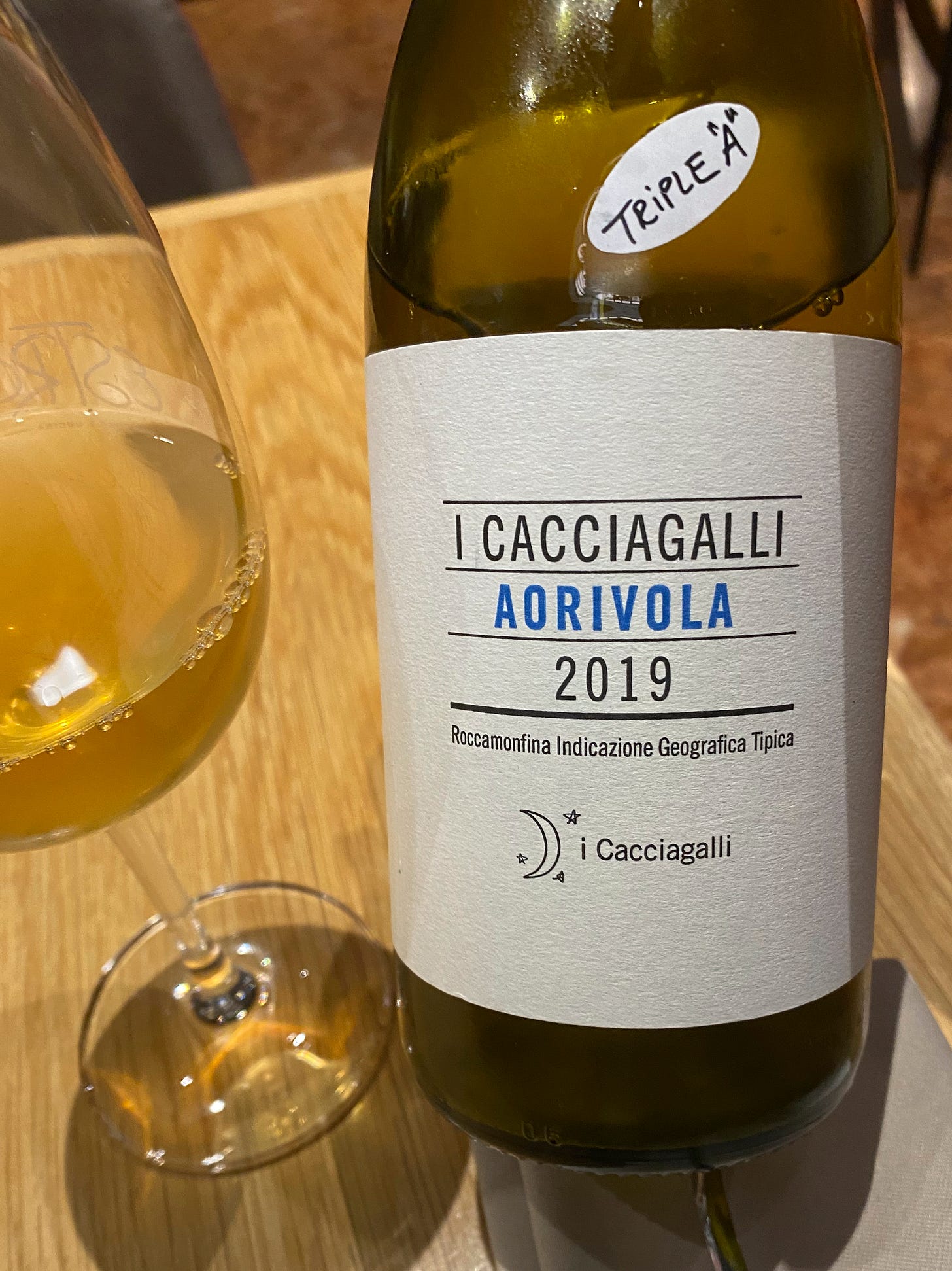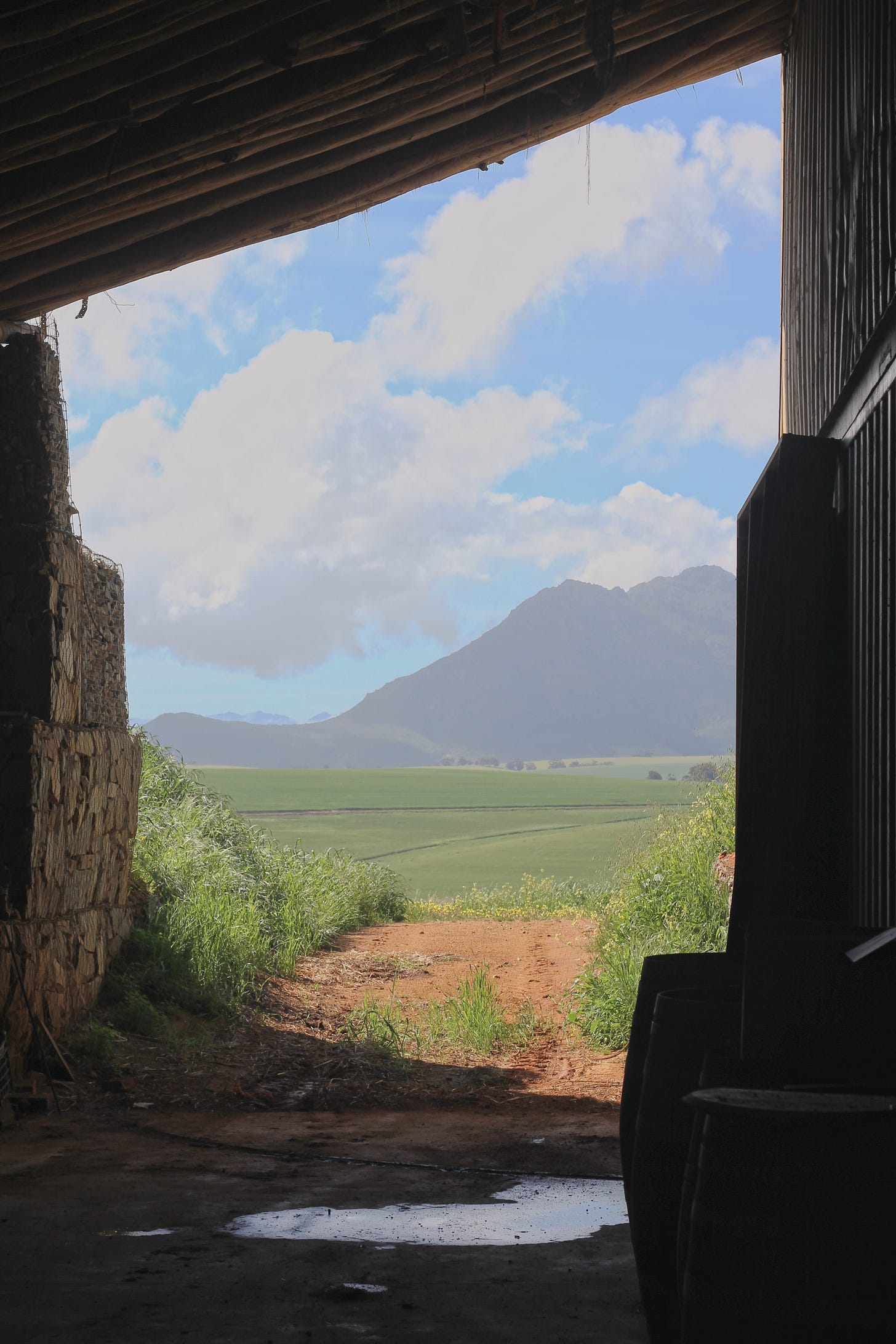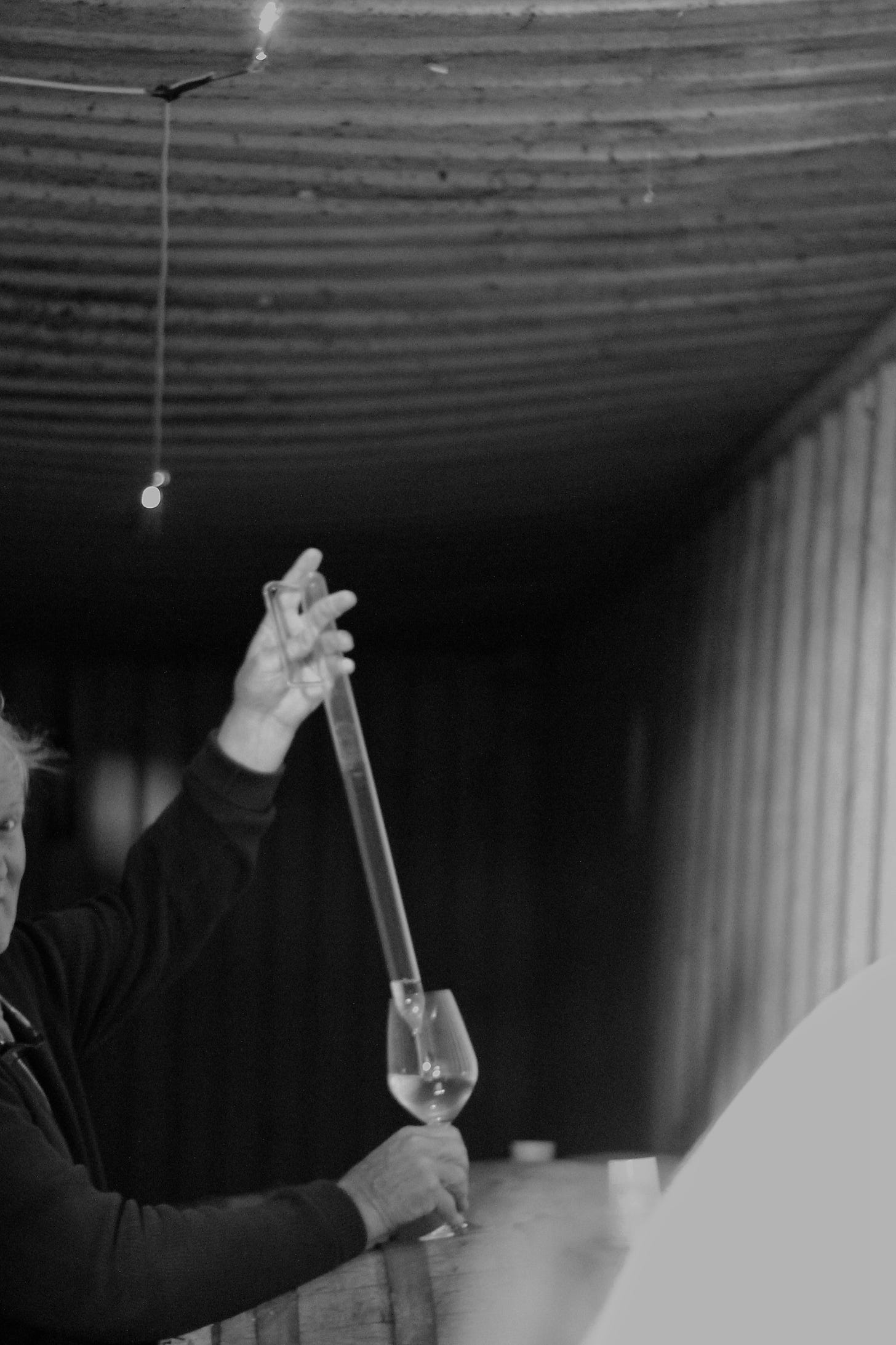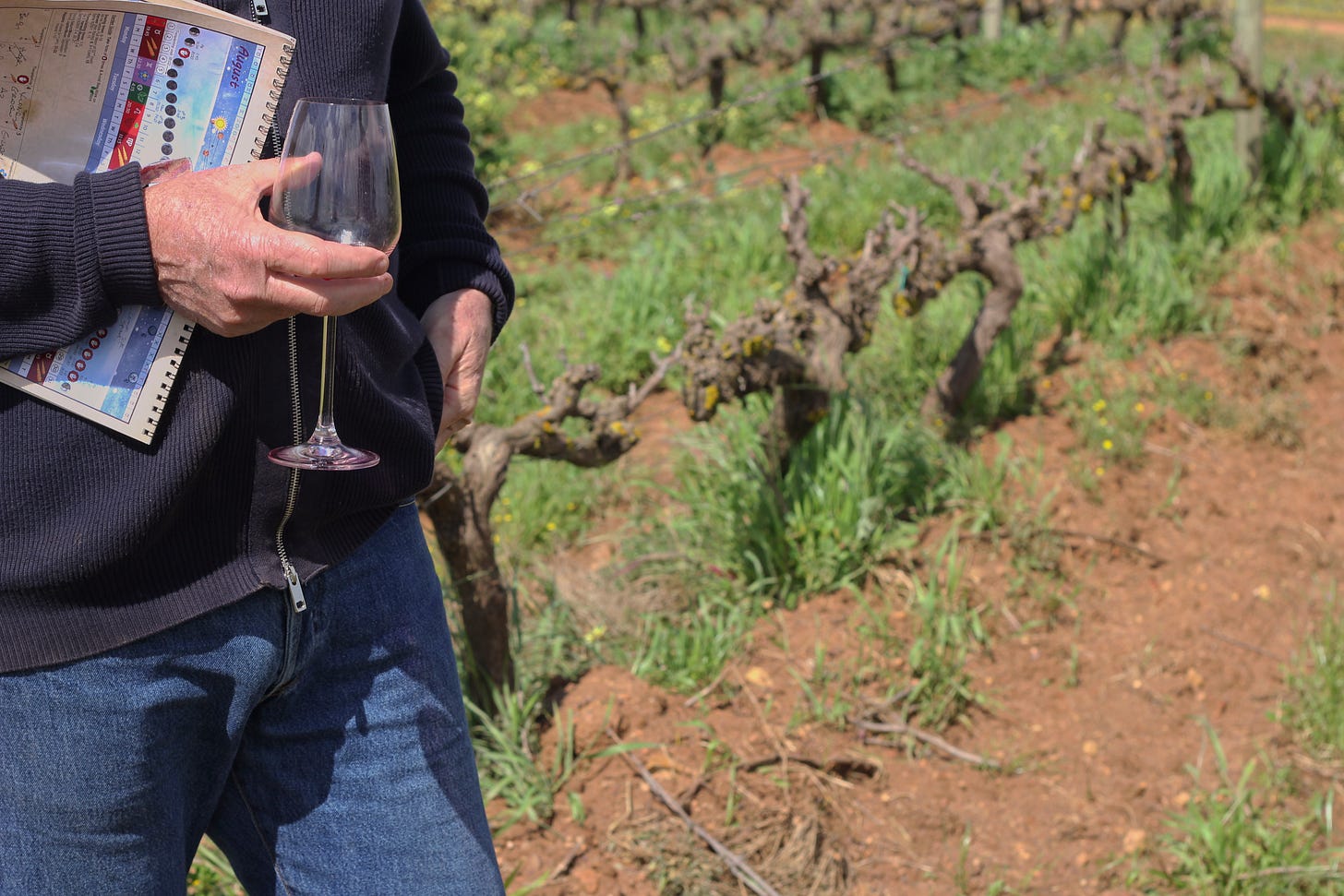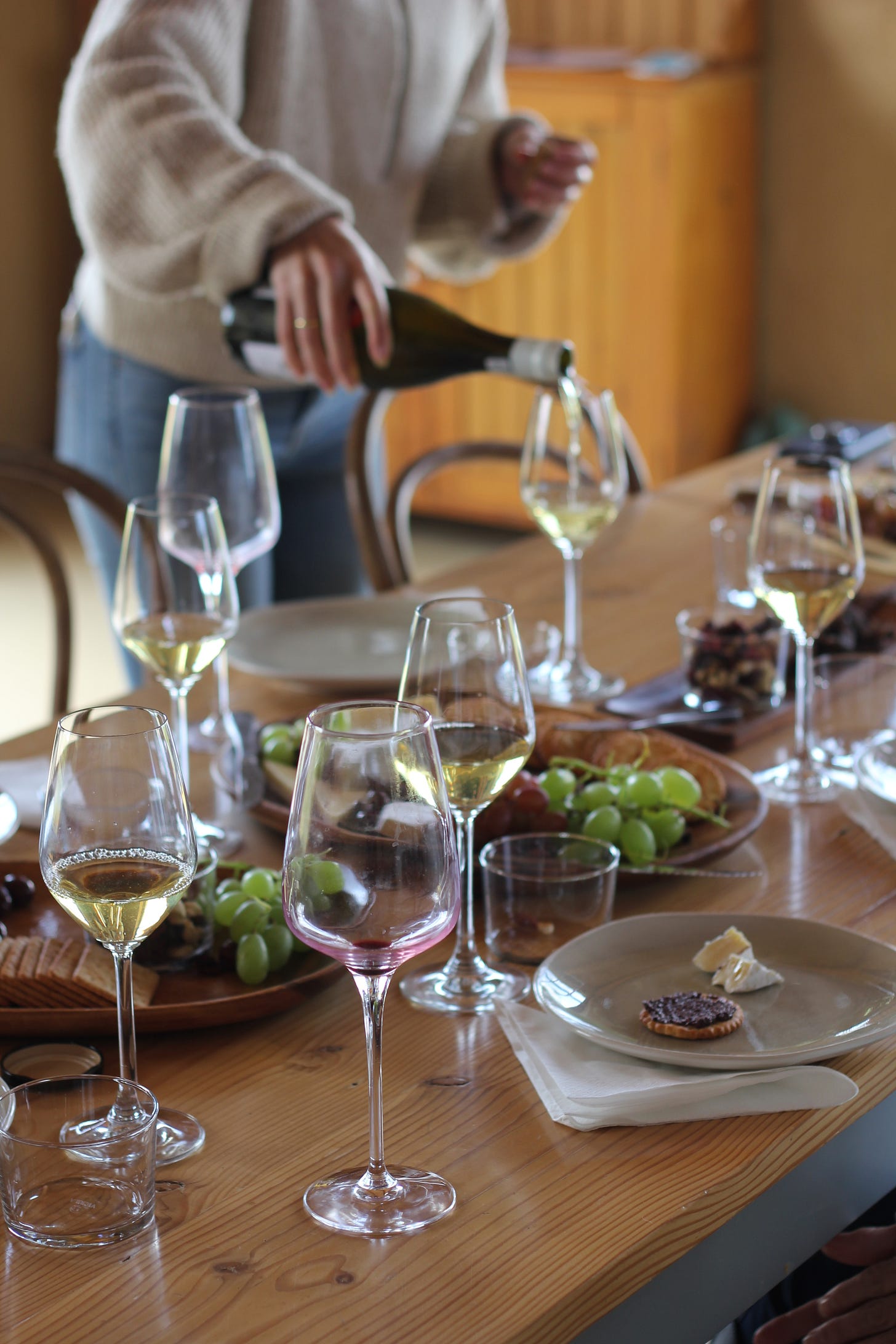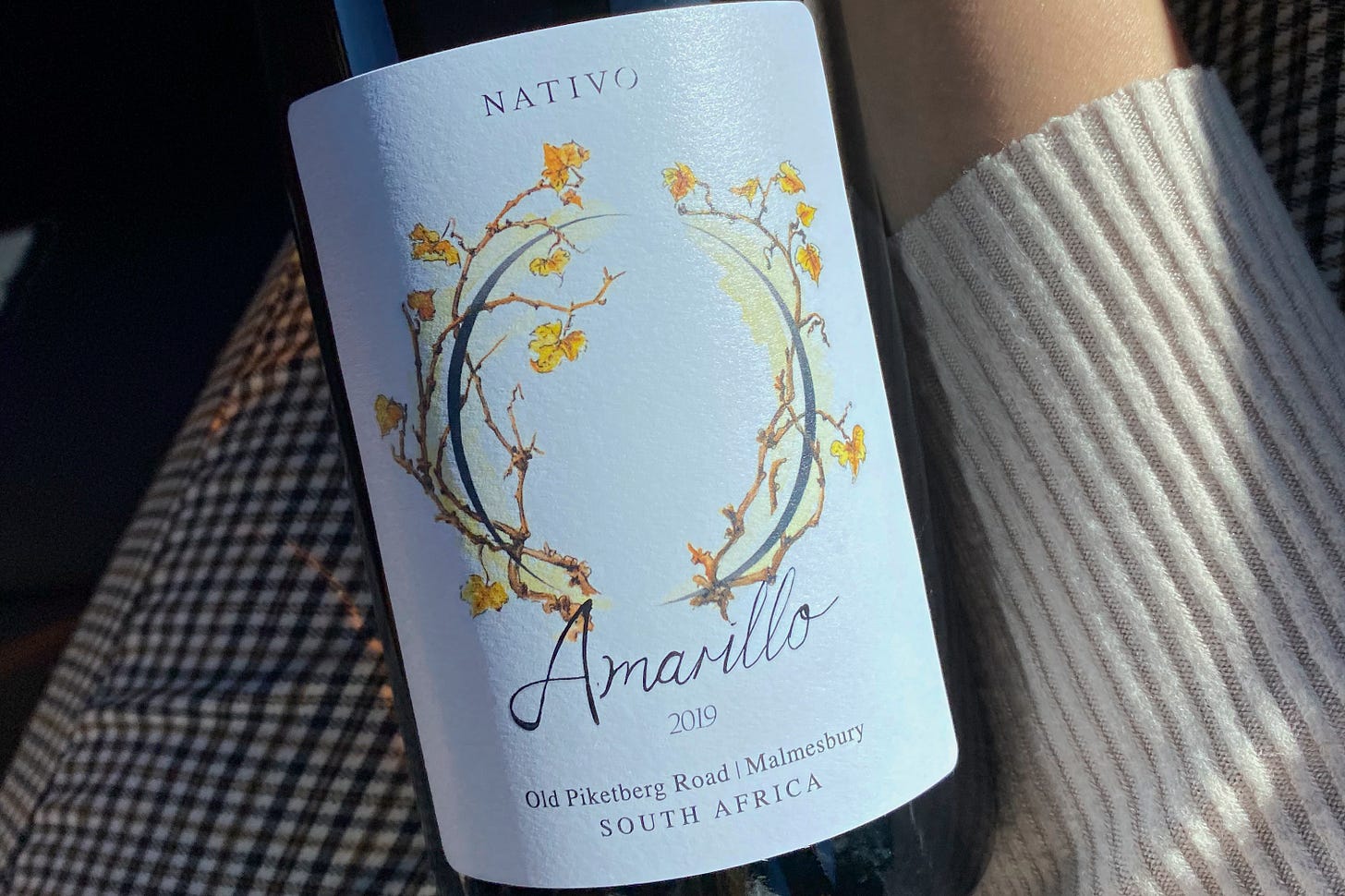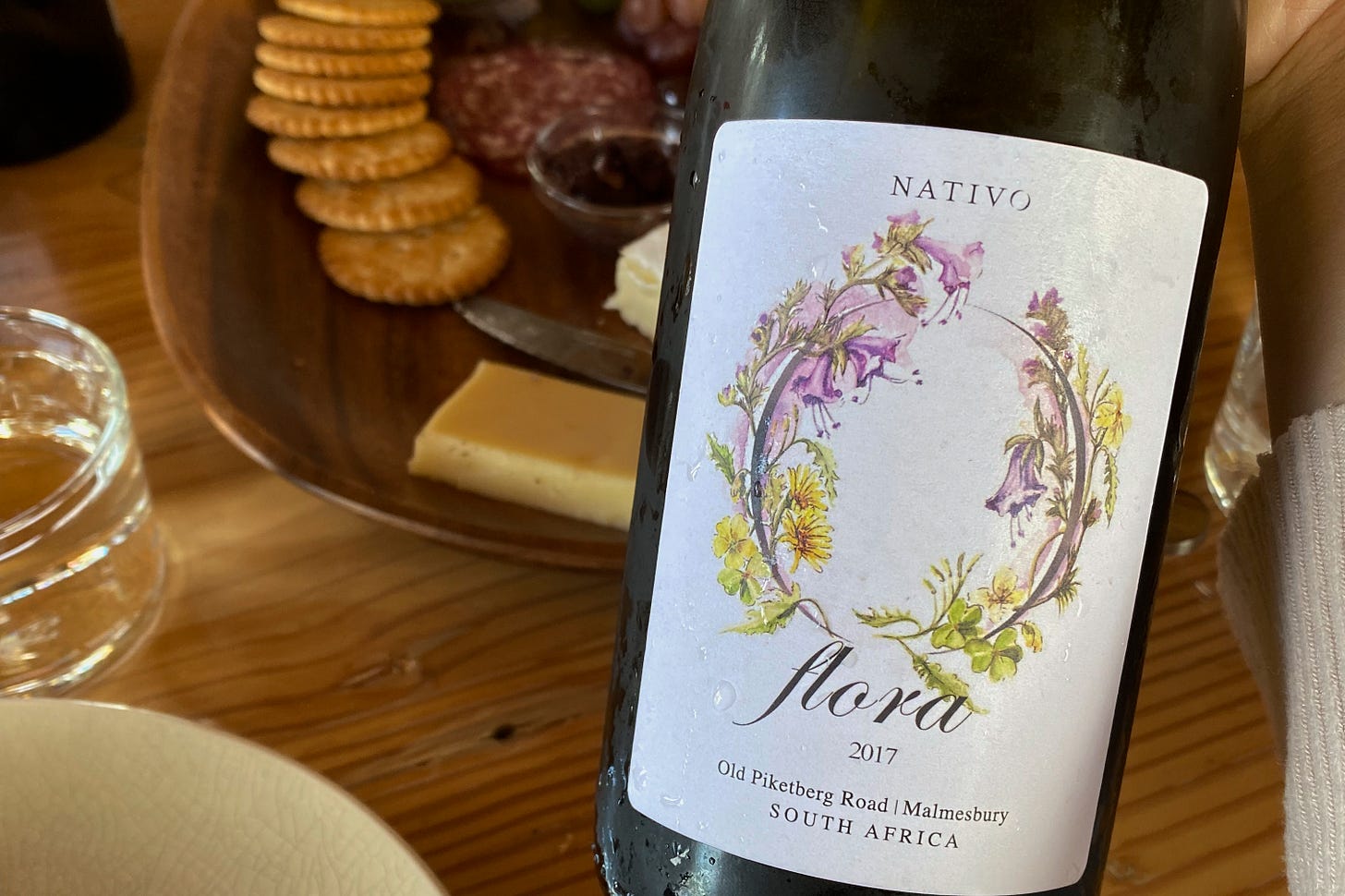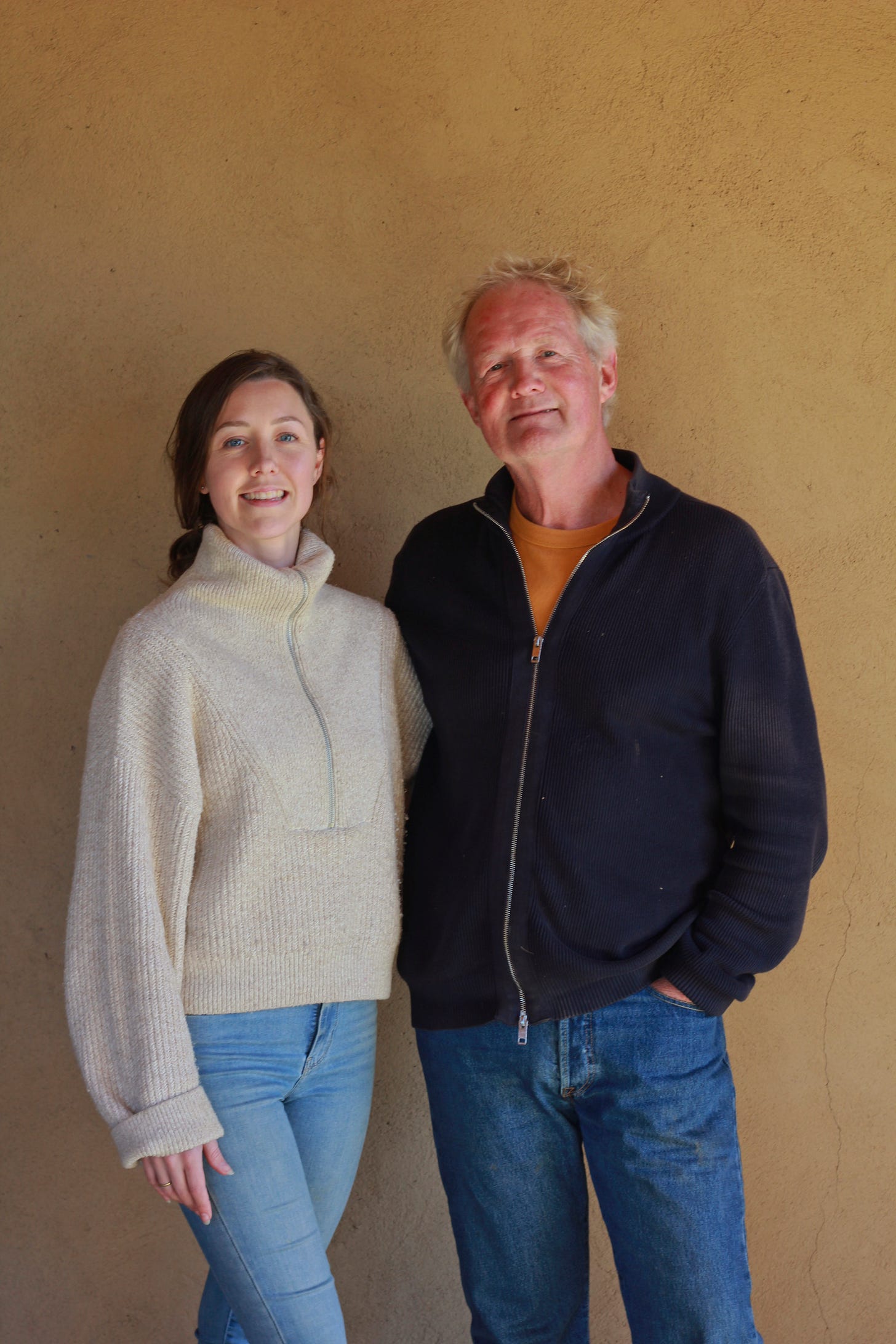“‘Me’ time”, “self care”, “self love” - or whatever you want to call it: doing things by yourself, for yourself has been a sacred ritual of humankind long before the hashtag made its appearance on social media.
Some people pop in the boxset of Sex & the City and smear on a facemask. Others pop open a beer and settle in for a quiet night with some Simon & Garfunkel.
I take myself on solo culinary adventures.
Welcome to the ninth edition of baci e cibo.
In this newsletter, we’ll take a visit to a well-known bar-cum-eatery in Venice, Italy as well as a natural & certified organic wine farm in Malmesbury, South Africa.
Hop on.
Restaurant: Estro
One doesn’t live in Venice for very long before hearing about Estro. Having gotten involved in the food & wine industry meant that I had it recommended to me even quicker, and more regularly.
“Oh, you like natural wine? You’d love Estro!”
”Devi assolutamente andare a mangiare a Estro, è perfetto per te.” (You absolutely have to go eat at Estro; it’s perfect for you.)
Situated just north of Dorsoduro, the San Polo district is known for hosting a few natural wine bars as well as several ‘must visit’ local spots. These two quartiers, alongside the northern end of Canaregio, are my firm favourites for eating out. I’d walked past Estro a few times, every time making yet another mental note to pop in - even if just to buy some wine.
After nearly 8 months of its name living in my ‘to visit’ list and receiving yet another recommendation, I finally obliged.
Dario Spezzamonte (the owner) is a passionnant extraordinaire of the natural wine movement. Aside from offering only natural wines in this, his second restaurant in Venice, he also co-hosts a natural wine podcast in Italian called Guarda Mamma, Senza Solfiti (“Look Ma, no sulfites!”).
As I walk in, Dario is pouring a pint from the spina (tap). We exchange briefly, and I’m escorted to my table and presented with the menu.
The interior boasts a classic bistro palette of black and red. The lighting, above, speaks to its geography: gorgeous, contemporary cylindrical Murano glass lamps hanging from a ceiling of dark exposed wooden beams. The wall on the opposite side of the room is covered from top to bottom with racks and racks and racks of natural wine in various colours - each label more provocative than the previous.
Alongside à la carte, Estro offers two tasting menus: one for those looking for something classically Venetian, and another made up of the diners’ choice of three dishes from the menu. An accompaniment of wine is also available for each option.
Once I’ve made my selection and my menu is taken, the owner comes back to my table to advise me on the wine, and shortly after, the waitress returns with the amuse bouche.
A tempura sardine, dipped ever so lightly in a teriyaki sauce and served on a skewer. Alongside, a gaspacho of tomato and watermelon with balsamic vinegar.
“To be eaten separately,” she adds, after the full explanation.
Deep frying is a delicate art that requires an equally delicate balance. For every soft, fluffy tempura I’ve encountered, there are at least five which were under- or overcooked, greasy or just altogether unpleasant. This little welcome bite fell squarely into the first category, delivering a perfectly airy ‘crunch’, while sacrificing none of the essential sardine flavours.
The gaspacho was similarly impressive. While I’ve become accustomed to many a homemade tomato-and-cucumber ‘smoothie’ throughout the past summer in Italy, the addition of watermelon here added an extra layer of freshness - further brightened by the smooth layer of balsamic vinegar.
The wine for this, as well as the starter, was I Cacciagalli’s 2019 Aorivola.
Falanghina is a varietal of Greek origin who has made her home in Italy since the days of the Roman Empire. After its fall, she - like many retirees, moved South, and is now mostly found in Campania. Despite having been abandoned as a style in previous years, she is quickly regaining her popularity, and a wine like this perfectly demonstrates why. Here, she played especially nicely with the sardine and teriyaki - bringing a fruity balance to the umami flavours.
It’s starters up next, and I’ve chosen the carnivore option: veal tongue with caramelised Tropea onions, fig, and an apricot sauce.
As a kid, the thought of eating tongue was enough to put me off an entire Sunday lunch. I’ve grown to appreciate tender cuts of meat at a higher level now, however - and this was the most tender piece of meat I’ve ever had the pleasure of biting into.
Beef and apricot is a classic Moroccan pairing, typically reserved for slow roasts. Here, despite the light-touch style of cooking, its depth and tartness succeeded in marrying Italian and African flavours, which were further enriched by the wine (still Falanghina) to complete an absolutely faultless pairing.
Next was the mains: fettuccine pasta with clams, bottarga & peppers.
In most Venetian restaurants, pasta with clams are served shelled, which generally means that you have to factor in a good 10-15 minutes of deshelling time before you can eat. It’s a beautiful dish, but it’s also a bit of a pain. Estro eliminates this extra hurdle by serving this pasta deshelled, and adds an extra spoonful of bottarga. The peppers serve as an extra twist to the Venetian classic, further brightening the already flavoursome dish.
Alongside, a glass of Sbarbi Barbera rosé by Lèloups - a super fresh and crisp wine. While enjoyable, I’m not convinced that this is a wine that should be paired with shellfish. The red peppers in the pasta, however, contributed greatly to bring about a decent accord between the flavours. I’m mainly at fault here for the less than perfect pairing - as I insisted on a rosé.
At this point in a meal, I’ve usually resigned myself to having enjoyed the best on offer at a restaurant. Desserts have become decidedly unimportant in my dining experiences, and it takes a lot to change that mindset. This dessert, however, might have done the trick.
A base of cream of mascarpone, covered in almond crumble and topped with raspberry reduction and lemon sorbet. Despite the multitude of flavours, there was no competition for the tastebuds. Everything on the plate came together in a refreshing and fruity balance.
For pairing, a dessert wine to challenge all those who are anti-dessert wine (myself, included). The Perpetuo by Vecchio Samperi is technically a marsala, but unfortified. This method involves a kind of perpetual fermentation (hence the name), where every year since 1978, a little wine has been added to the barrel, and a little removed for the vintage in question. This is a flavoursome concoction, without any of that sickly sweetness. Bursting with almond and caramel on the nose, it stretches out into a gorgeous earthy palate, all tied together with just a touch of citrus zing. Once again a perfect pairing.
As I lean back in my chair, I’m keenly aware of the fact that this is one of the best meals I’ve had in Venice - and not only for its food & wine.
The service was a perfect mirror of both the food and the atmosphere: seriously good, without taking itself too seriously. Throughout the meal, I was attended to interchangeably by a waitress and the owner, who were both friendly and eager to supply details. It’s a tough task to create an environment which is simultaneously professional and laid-back, but Estro have got it down.
Book your table at Estro here.
Check out the podcast where the owner is a co-host, here. (Only in Italian)
Vineyard: Nativo
It’s not the simplest task in the world finding the Hughes Family Wines.
You’re unlikely to find any of their bottles in your local supermarket, and if you’re not prudent enough to follow Kiki’s email’s instructions very carefully, you’re even less likely to find the farm itself.
At only 12 000 bottles a year, Nativo is the literal definition of a hidden gem.
While the majority of wine farms in the Western Cape have lost (most of) their rustic charm in favour of picture perfect bordelaise-inspired grape factories, the experience at Nativo is markedly different. Stepping out of the car, I immediately regret wearing my high heel boots.
It’s a feeling that comes and goes almost instantaneously, however, as my attention gives way to a kind of glowing sensory overload of sunlight, farmland aromas and just a slight buzz of insect life.
A man approaches, introducing himself and welcoming me to the farm.
It’s not unusual for people to say things like ‘Oh, I could live here’ in almost every city they visit during a world tour, especially at a young age. Cape Town, however, is one of those that often become a reality, as was the case for owner and founder of the farm, Argentinian-born Billy Hughes.
He leads me to the rammed earth house, where the remainder of the tasting group stands. His daughter, Kiki, shows me inside to put down my bag and grab a glass. And then we’re off to the cellar.
Built from discharged shipping containers, stone and earth, the underground cellar is a world of its own.
We gather around, glasses clutched eagerly, as Billy serves us tastings of each cultivar, and their subsequent blends - straight from the barrel.
There’s a bit of a guessing game with each, and a lively hum of conversation - “I’m not sure whether it was the Viognier or Chenin Blanc - but it’s damn good!”
Like its ingredients, where additive sulfites and other chemicals have no place, the winemaking process observes a minimum level of intervention.
How does one imprint upon a wine from the Swartland region their own personality, then? In between glasses, Billy explains various key techniques they use, such as early harvesting - between 19 and 20 Balling, and whole bunch fermentation.
We’re led next into the vineyard itself, where the artwork takes form. I’m struck again by the difference between the majority of commercial vineyards and the land that lays in front of me.
“We let nature do its thing,” Billy says, as he shows us a calendar. The farm, along with being certified organic, is also biodynamic, following certain natural cues like the moon phases for pruning and harvesting. In between each vine, a lush growth of vegetation thrives, contributing to the life of the vineyard and its unfettered balance.
Tasting from the barrel is only half of the experience at Nativo, however. The next stop is back at the rammed earth house, where the table waits, laden with cheeses, grapes, biltong, olives and crackers.
It is here where we taste the final expressions of the wine, whose predecessors we encountered just before in the cellar.
We’re taken through bottle by bottle - white blend, Flora, Amarillo, red blend and so on… All incredible, but two of which stand out.
The Amarillo: their orange wine, made from a blend of 60% Roussanne and 40% Grenache Blanc with extended skin contact and a deeply savoury flavour. It appears, at first, to fit snugly into the ‘natural wine’ shelf at your local hipster bar. Despite this, it retains an easy drinking personality, offering perhaps an easy introduction for those still on the fence between their traditional tastes and the brave new world of minimal invervention.
The Flora is similarly outstanding - and probably my favourite: a blend of 67% Viognier, 18% Chenin Blanc and 15% Grenache Blanc. Its namesake, the ‘flora’ strain of yeast characteristic in sherry-making, is what gives this wine her personality: a tang reminiscent of sour worms.
Between glasses, we share in more conversation, some light: an exchange of who’s who; some more technical: is the South African market behind on natural wine? and some more serious still: the family story behind Nativo, and everything they hope to still build here.
When I eventually leave, gazing over my shoulder at the rammed earth house becoming smaller in the rear window, my heart still racing with the magic of the Nativo farm, I reflect on the great potential they have to influence the rest of the South African wine market, and smile.
On Saturday, the 2nd of October, Nativo Wines will be celebrating their 21st birthday, and they’re inviting you to join the festivities. Aside from visiting their gorgeous underground cellar and tasting their wines alongside some snacks, you’ll be treated to a slice of the winemaking life by putting together your very own blend to take home with you.
Available at the Nativo Online Shop here, with worldwide shipping.
Available in the United States here.
Time spent caring for ourselves and recharging our personal batteries is important. You can’t pour from empty. You have to face the world head-on, with your shoulders back and hips squared. But that requires taking care of all the soft bits inside, first.
Whether you’re reading this as part of your ‘me’ time, or with the company of a loved one (wine or human), thank you once again for being part of the baci e cibo family.
Restocking the cellar looks different to everyone - and thank goodness for that. Otherwise, raiding my parents’ wine rack wouldn’t be half as rewarding.
If you enjoyed the escape to South Africa in this edition, stay tuned for the next newsletter - there’s more to come!
Until next time,
baci e cibo

